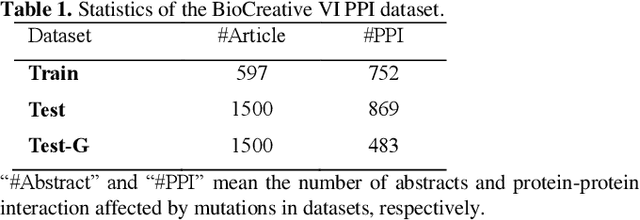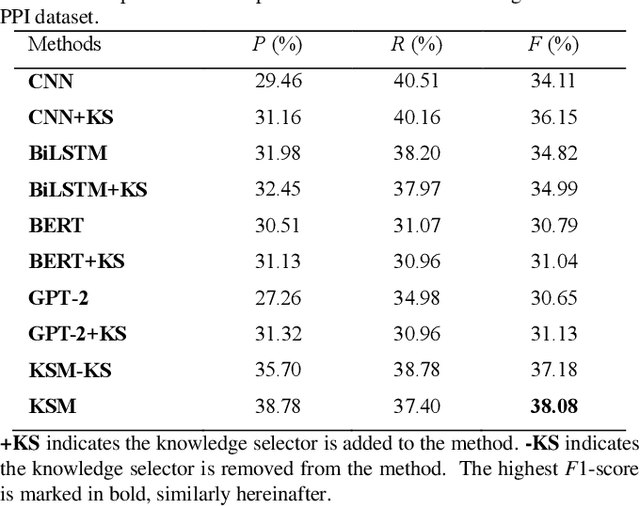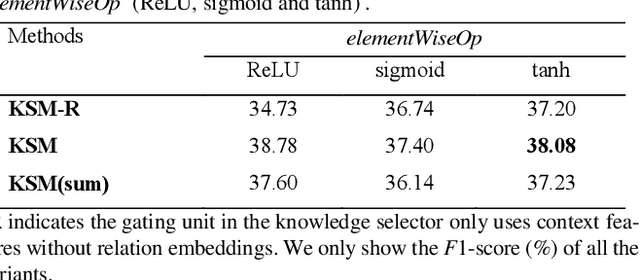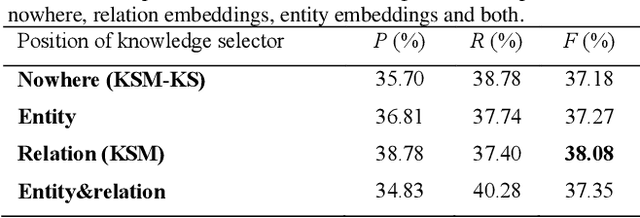Xuefei Li
Jointly Optimizing Terahertz based Sensing and Communications in Vehicular Networks: A Dynamic Graph Neural Network Approach
Mar 17, 2024



Abstract:In this paper, the problem of vehicle service mode selection (sensing, communication, or both) and vehicle connections within terahertz (THz) enabled joint sensing and communications over vehicular networks is studied. The considered network consists of several service provider vehicles (SPVs) that can provide: 1) only sensing service, 2) only communication service, and 3) both services, sensing service request vehicles, and communication service request vehicles. Based on the vehicle network topology and their service accessibility, SPVs strategically select service request vehicles to provide sensing, communication, or both services. This problem is formulated as an optimization problem, aiming to maximize the number of successfully served vehicles by jointly determining the service mode of each SPV and its associated vehicles. To solve this problem, we propose a dynamic graph neural network (GNN) model that selects appropriate graph information aggregation functions according to the vehicle network topology, thus extracting more vehicle network information compared to traditional static GNNs that use fixed aggregation functions for different vehicle network topologies. Using the extracted vehicle network information, the service mode of each SPV and its served service request vehicles will be determined. Simulation results show that the proposed dynamic GNN based method can improve the number of successfully served vehicles by up to 17% and 28% compared to a GNN based algorithm with a fixed neural network model and a conventional optimization algorithm without using GNNs.
Improving Neural Protein-Protein Interaction Extraction with Knowledge Selection
Dec 11, 2019



Abstract:Protein-protein interaction (PPI) extraction from published scientific literature provides additional support for precision medicine efforts. Meanwhile, knowledge bases (KBs) contain huge amounts of structured information of protein entities and their relations, which can be encoded in entity and relation embeddings to help PPI extraction. However, the prior knowledge of protein-protein pairs must be selectively used so that it is suitable for different contexts. This paper proposes a Knowledge Selection Model (KSM) to fuse the selected prior knowledge and context information for PPI extraction. Firstly, two Transformers encode the context sequence of a protein pair according to each protein embedding, respectively. Then, the two outputs are fed to a mutual attention to capture the important context features towards the protein pair. Next, the context features are used to distill the relation embedding by a knowledge selector. Finally, the selected relation embedding and the context features are concatenated for PPI extraction. Experiments on the BioCreative VI PPI dataset show that KSM achieves a new state-of-the-art performance (38.08% F1-score) by adding knowledge selection.
* Published in Computational Biology and Chemistry; 14 pages, 2 figures
 Add to Chrome
Add to Chrome Add to Firefox
Add to Firefox Add to Edge
Add to Edge